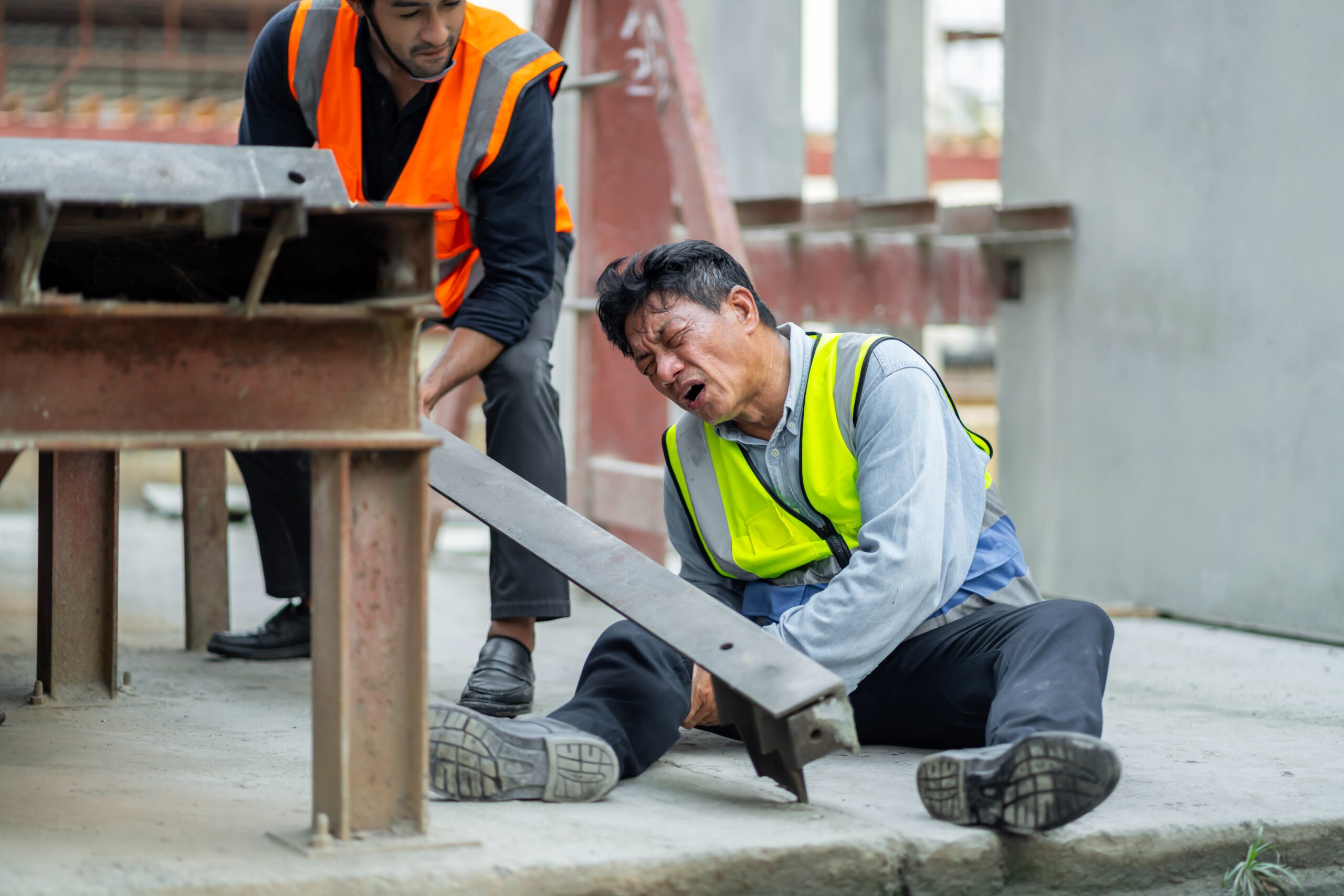You’re injured at work. You know you’re covered by workers compensation insurance, but what are…
Building Safety: A Comprehensive Guide to Injury Prevention and Compensation for Construction Workers – Guest Post

The construction industry is undeniably vital to societal progress and infrastructure. However, the industry invites risks and repercussions, especially for workers. A study shows that 33.9% of workers sustained injuries at construction sites. They injured themselves mainly from contact with objects. Therefore, injury prevention and safety became a top priority.
In the United States, construction workers are in perpetual danger. Such accidents occur in most populated states like Pennsylvania, California, Florida, Texas, etc. In particular, Pennsylvania witnesses a great deal of construction injury cases. There was a documented record of 173,267 workplace injuries in Pennsylvania in 2018.
Major cities in Pennsylvania, not unlike Philadelphia, have been seeing progress in terms of infrastructure and development. As the establishment rises, the vulnerability also increases.
In this thorough guide, we will understand essential measures for injury prevention and delve into the details of compensation for construction workers.
Injury Prevention
Injury prevention is a crucial step toward workers’ compensation in Philadelphia. It is a productive effort to minimize the severity of work-related injuries before they ensue. In Philadelphia, imagine workers’ compensation for construction workers as an umbrella that keeps employees off injustice. It is this umbrella that defends them by dispatching attorneys.
1. Training and Education
Proper training is the cornerstone of injury prevention in construction. Ensuring that workers are familiar with safety protocols, equipment usage, and hazard recognition significantly decreases the chances of accidents. Regular workshops and refresher courses keep knowledge up-to-date.
2. Personal Protective Equipment (PPE)
The use of PPE is non-negotiable in construction. Helmets, safety glasses, gloves, and steel-toed boots are just a few examples of vital protective gear. Employers in Philadelphia must provide and enforce the use of PPE to mitigate the effect of potential accidents.
3. Risk Assessments
Regular risk assessments on construction sites are imperative. Identifying probable hazards and implementing proactive measures to repress risks ensure a safer working environment. It includes evaluating the stability of structures, the condition of machinery, and the potential for falls or collisions.
4. Communication and Supervision
Transparent communication between workers and supervisors is essential. Supervisors should encourage an environment where workers feel comfortable reporting safety concerns. That way, supervisors can promote a collaborative approach to injury prevention. Adequate supervision inclines employees to follow safety protocols consistently.
Compensation for Construction Workers
In Philadelphia, compensation for construction workers pertains to the amount of money and benefits employees receive for their work. In the event of a work-related injury, compensation covers medical expenditures and lost wages.
1. Workers’ Compensation
In the unfortunate occurrence of an injury, workers’ compensation is your financial safety net. Employers are responsible for covering medical expenses, rehabilitation, and lost wages. Understanding the workers’ compensation process is critical for both employers and employees.
2. Personal Injury Lawsuits
Construction workers can pursue personal injury lawsuits when negligence or a third party is accountable for the construction injury. This legal avenue allows workers to seek compensation beyond what is covered by workers’ compensation. It can include damages for pain and suffering.
3. Product Liability Claims
Construction workers use various tools and equipment. If workers get injured owing to a defective product, they can file product liability claims against the manufacturer. These claims can assign guilt to manufacturers for producing faulty equipment.
4. Third-Party Liability
Construction sites often involve multiple entities, such as subcontractors and vendors. If an injury occurs due to the negligence of a third party, the injured worker may pursue a third-party liability claim. It is separate from workers’ compensation and allocates additional compensation.
End Note
In Philadelphia, building safety in the construction industry is a multifaceted endeavor that requires a combination of proactive actions, legal awareness, and a commitment to compliance.
By prioritizing injury prevention, understanding compensation options, and staying abreast of legal considerations, construction companies can create a harmless working environment, protecting their most valuable asset: their workers.
Ultimately, the pooling of prevention and compensation prompts a more resilient and sustainable construction industry for the benefit of all stakeholders.


 5.0 stars Posted by Mary June 30, 2016
5.0 stars Posted by Mary June 30, 2016